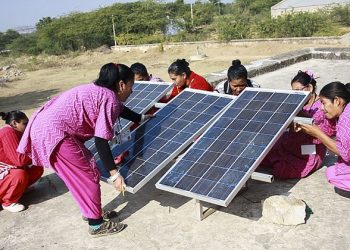Organic chicken is raised without antibiotics and typically not fed GMO corn. Organic apples are raised without toxic pesticides, and they are rarely covered with chemicals to preserve them during transport. And the materials used in your mattress can be organic, too. But what materials may be found in an organic mattress?
Real Latex
One of the most common materials is organic latex. This is natural latex made from rubber trees. It does pose an allergy risk to those who are allergic to latex. For those who don’t have to worry about that, latex beats memory foam in every regard. Natural latex has ventilation channels in it that artificial memory foam can only create by punching holes in the mattress or engineering grooves and arched under-layers in the mattress. Natural latex doesn’t retain body heat like memory foam, so you don’t have to worry about finding cooling gel laced memory foam beds. Yet it provides pressure point relief. This is one reason why you may want to buy an organic mattress to improve sleep quality. Advanced latex mattresses may have engineering like conventional memory foam beds to create a higher level of support. That is essential if you’re very heavy or a side-sleeper.
Buying a latex mattress has multiple environmental benefits. The latex harvesting process doesn’t harm the trees. It also gives farmers a reason to maintain the natural rainforest instead of cutting it down to raise vegetables, grains or cattle. Latex mattresses can often be shipped as a bed in a box, too. This allows the bed to be shipped directly to you instead of traveling from a factory to a warehouse to a retail store to you.
Organic Cotton
Another popular choice is organic cotton. The cotton serves as a filler in place of shredded memory foam. It is non-GMO and raised without pesticides. Cotton is one of the top choices for certified vegan mattresses. Latex memory foam is the other. Cotton is more commonly used in conjunction with innerspring mattresses. You get a soft cotton pillowtop on top of metal springs. Many of these manufacturers try to use recycled steel for the inner springs. When you buy a cotton mattress, you’re avoiding bedding that contains volatile organic compounds while encouraging organic cotton production.
Wool
Some beds use wool instead of cotton. Purchasing a bed that contains wool gives farmers an additional source of income and less reason to sell the animals for meat. Note that shearing sheep of their wool does not harm them. And know that you don’t have to buy beds containing New Zealand wool. There are closer suppliers.
One point in favor of the wool mattress is that it retains body heat. This is great if you live in a cold climate but don’t want to buy an artificial memory foam mattress.
Bamboo
An increasingly popular material in organic beds is organic bamboo. Bamboo is often used to make rayon. That in turn is used in the mattress cover. Now you get a petroleum-free mattress cover. This material has the side benefit of improving ventilation and wicking away moisture. Some organic bed manufacturers treat this rayon with a small amount of flame retardant to comply with government safety regulations.
You can also find artificial memory foam beds infused with bamboo and charcoal to help neutralize the chemicals released by their beds.
Wood
An organic bed frame is often made out of natural wood. This is wood that hasn’t been chemically treated. It typically isn’t painted, either, reducing the manufacturing costs and allowing the natural grain to shine. One point in favor of buying organic wood is that you’re encouraging the preservation of the tree farms that double as forested wildlife refuges.



